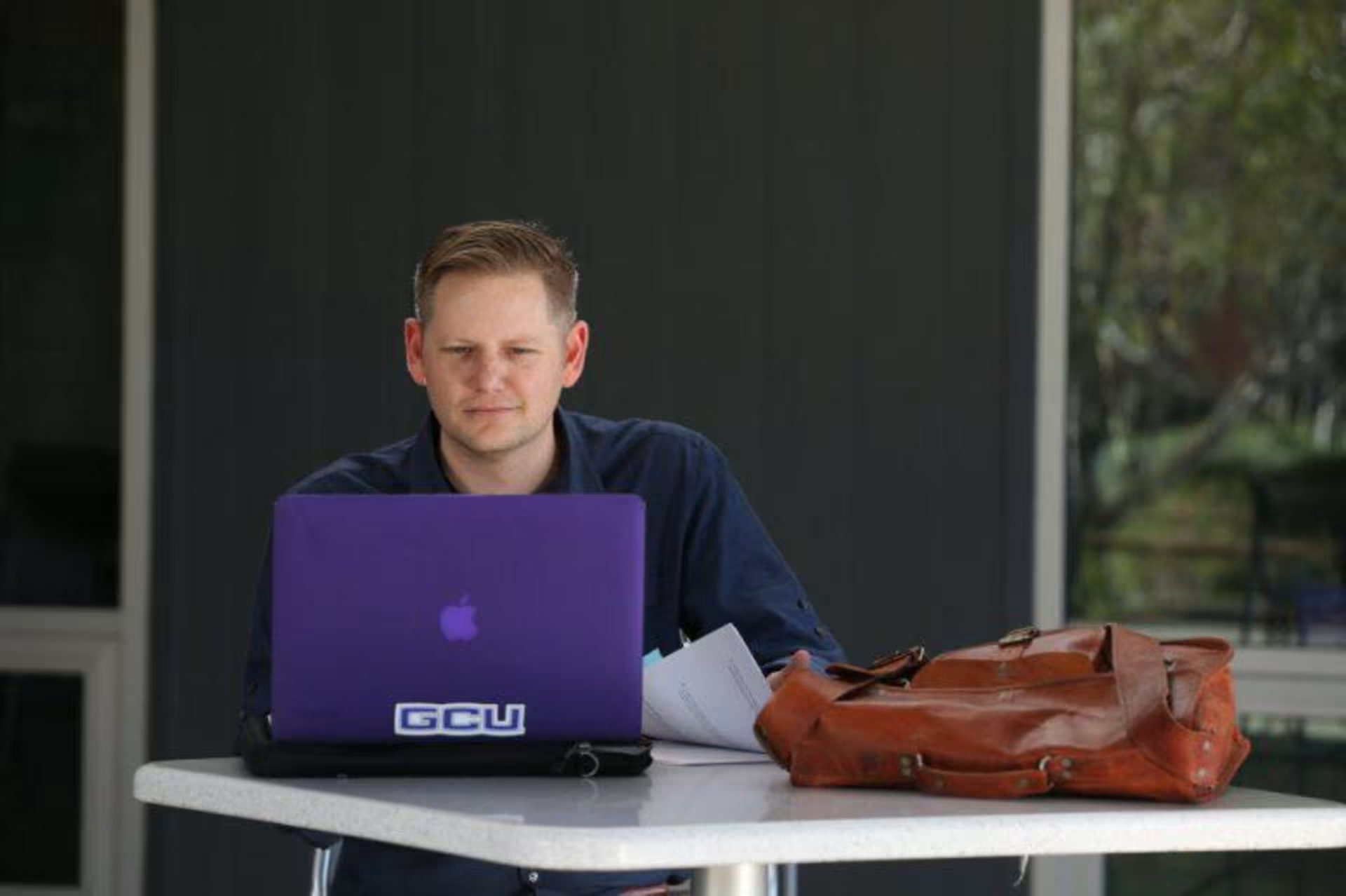Speak with a University Counselor today.
The views and opinions expressed in this article are those of the author’s and do not necessarily reflect the official policy or position of Grand Canyon University. Any sources cited were accurate as of the publish date.

Stress can be eliminated when you are organized and know what needs to be done. Therefore, it is important to plan ahead and set aside specific amounts of time to work on your coursework. A helpful way to manage your time is to keep a planner, as this will allow you to keep track of what you have done and what you still have left to do. As a result, you will not have to worry about missing something!
Coursework should always be a priority. However, this does not mean that there are not other things worth prioritizing, too. Make sure you are putting other aspects of your life at the top of your list as well. For example, your friends and family will understand that you are busy as a doctoral learner, but they still deserve to spend time with you. So, when planning your days, remember to set aside time for friends and family as well as extracurricular activities you enjoy. Overall, keeping up with your social life will allow you to stay mentally healthy and better prepared to succeed in your graduate program!
The College of Doctoral Studies at Grand Canyon University is a community where all learners, stakeholders and practitioners are focused on continual improvement and excellence. To learn more about GCU, visit our website or click the Request More information button at the top of this page.
Written by Jessalyn Johnson, a sophomore majoring in English and professional writing at GCU.
When planning your schedule, it is important to be flexible. Make sure that you have time to do what needs to be done, but also give yourself room for other things that may come up. If you fill every hour of the day with work, not only will you be stressed, but there will also not be any room to relax and recharge. As a doctoral learner, you keep a busy schedule. However, you need to make sure that you are able to easily adjust your schedule if need be.
As a doctoral learner, you most likely have a lot on your plate. Balancing your work, studies, family and personal matters can be challenging. It is important to find a good balance among all of your responsibilities, allowing you to accomplish your goals and spend time with loved ones without feeling stressed or overwhelmed. Here are some tips to help you find work-life balance as a doctoral learner: